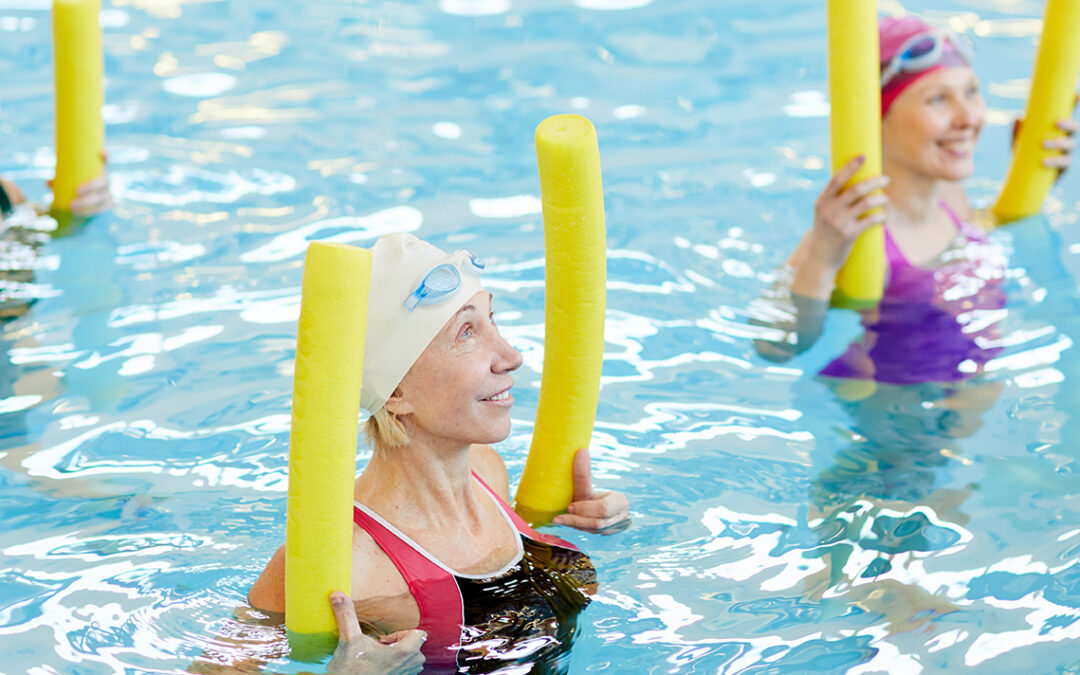Contents
Your balance is more important than you might think. When you’re playing sports, bending over to pick up clutter in your house or just walking up the stairs, your balance is what keeps you from falling over. When it comes to physical fitness and wellness, improving your balance isn’t usually a high priority. But it should be.
Improving your balance is essential in reducing the risk of injury and accidents. It’s especially important if it’s been impacted due to an injury or medical condition, such as sustaining brain trauma or having a stroke. But the good news is that physical therapy has training techniques that are specifically geared toward improving your balance.
Read on to learn about what can affect your balance and how physical therapy can help. We’ll also discuss a few of the potential techniques that a physical therapist may use during balance training.
The basics of balance (and how it can be affected)
Your balance refers to your body’s ability to stay steady during movement with even weight distribution. Your sense of balance stems from your vestibular system, which is a sensory system located in your ear. It’s also affected by your visual system as well as your proprioceptive system, which is responsible for your body awareness.
Having good balance can help:
- Reduce the risk of injury.
- Decrease reaction time during a potential fall.
- Improve sports performance.
- Increase overall body mobility and function.
There are a variety of injuries and conditions that can cause balance issues, including:
- Arthritis.
- Traumatic head injuries.
- Musculoskeletal injuries.
- Viral infections.
- Inner ear problems.
- Vertigo.
- Muscle weakness.
- Eyesight problems.
How physical therapy can help improve your balance
Whether you want to improve your balance to boost your athletic performance or you’re trying to restore your balance after it’s been affected by an injury or condition, physical therapy can help. At Lattimore PT, we use balance training to boost every part of your physical fitness to decrease the risk of injury. The goal is to help you maintain your center of gravity during movement.
Your physical therapist will design a treatment plan that centers on balance training, which can provide benefits including:
- Improved posture.
- Increased core strength.
- Vestibular rehabilitation.
- Fall prevention.
Physical therapy techniques to help improve your balance
What should you expect when you seek physical therapy to improve your balance? Your therapist will design a personalized treatment plan after evaluating your current balance and determining what techniques will work best for your lifestyle needs and physical ability. The main component of most balance training treatment is exercises.
Your physical therapy plan will likely include:
- Balance exercises — The goal of balance exercises is to improve your stability during movement and shifts in your center of gravity. Most balance exercises require additional support, such as a chair or counter, to reduce the risk of falling, especially toward the beginning of your treatment. Common balance exercises used by physical therapists include heel raises, single leg stances and marching in place.
- Vestibular exercises — If your balance issues stem from dizziness, vertigo or a vestibular disorder, your physical therapist will guide you through vestibular exercises. These are exercises that help with balance retraining as well as controlling your eye movements that may be affected by vestibular system issues.
- Core strengthening exercises — A strong core can help ensure that your muscles are working together to properly stabilize your body during movements. A physical therapist can show you safe and effective core strengthening exercises to help keep you on your feet as well as improve your posture.
- Fall prevention — People usually seek out physical therapy to improve their balance because they’ve either had a fall or they want to take the precautions to prevent a fall from medical conditions like arthritis. Fall prevention can include exercises as well as recommendations on how to reduce fall hazards in your home.
Lattimore PT can help improve your balance with training and fall prevention
When people think of the physical abilities that a physical therapist can help them with, their mind often jumps to strength, flexibility and mobility. While those are all important, balance can play a key role in keeping you healthy by reducing the risk of falling.
At Lattimore PT, we want to make sure that you can be safe while playing sports, exercising or even just standing up from your chair.
When you’re ready to improve your balance, be sure that you contact our team today for more information or to schedule an initial appointment.



